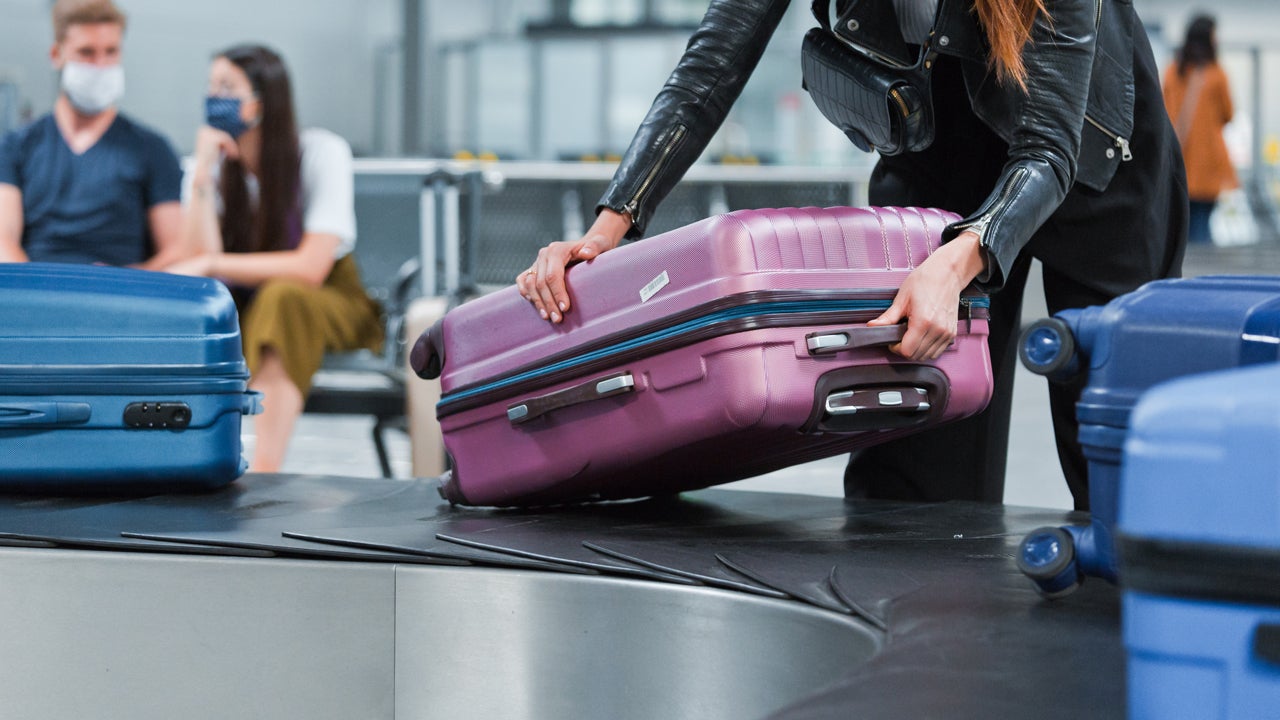Travel inflation starts to ease, but prices remain high

Airline fares jumped tremendously during the spring of 2022. Now, one year later, we’ve begun to lap those increases, which is helping bring down the year-over-year inflation rate in this category. Travelers aren’t receiving much relief, though.
For example, according to the Bureau of Labor Statistics’ latest Consumer Price Index, covering April 2023, airline fares were down 0.9 percent over the past year. However, they were up 2.7 percent on a month-over-month basis. That was one of the larger increases in the entire report. These feel like contradictory trends, but looking back at 2022 provides useful insight.
From April 2021 to April 2022, airfares surged 33 percent. Even though they fell slightly, on average, over the past 12 months, this isn’t really a story about falling prices — it’s more about plateauing at a high level. Another way to look at it is that April 2023 airfares are 9.6 percent higher, on average, than they were in April 2019, prior to the pandemic.
Hotel stays have gotten pricier, too. The average cost for “lodging away from home,” as the Bureau of Labor Statistics (BLS) calls it, is up 3.3 percent over the past year and a total of 23.6 percent over the past two years.
Dining out is another common travel expense that has gotten much more costly. “Food away from home,” in BLS parlance, costs 8.6 percent more than it did a year ago, 16.4 percent more than it did two years ago and 24.2 percent more than it did in April of 2019.
And while driving has gotten cheaper, on a relative basis, over the past year, this is another area in which consumers are paying considerably more now than they were in the recent past. The 12.2 percent drop in gas prices over the past year pales in comparison to the 43.6 percent jump from April 2021 to April 2022. Similarly, car and truck rental costs are down 11.2 percent from April 2022, but they nearly doubled (up 82.2 percent) from April 2020 to April 2021 and then increased another 10.4 percent from April 2021 to April 2022.
The big picture
I continue to be worried about the cumulative effects of inflation. Travelers are certainly noticing: 80 percent of likely summer vacationers are making changes due to inflation, according to a recent Bankrate survey. The most common adjustments are picking cheaper accommodations, destinations and activities, spending less time away from home and driving instead of flying.
A key point that I think a lot of people understate is the fact that the Federal Reserve’s efforts to lower inflation won’t bring prices back to 2019 levels (at least on a broad scale — certain categories might decline for various reasons, such as egg prices, which have started to come down after an avian flu outbreak caused prices to spike tremendously). Lower inflation means that prices will still generally be rising, just at a slower pace.
There’s also the theory that prices can rise like a rocket and fall like a feather (which, depending on who you ask, reflects greedy companies maximizing every dollar, or the fact that organizations face rising pricing pressures that go well beyond raw material costs, including rent, utilities, employees’ wages and benefits and more).
All of this is stressing consumers out
More than half (52 percent) of U.S. adults believe money is negatively impacting their mental health, up from 42 percent a year ago. Inflation was pinpointed as the prime culprit.
Prices continuing to build off this higher base will have major ramifications for consumers in the years to come. We’re already seeing significant signs of stress, especially among people with lower incomes and credit scores. Subprime auto loan delinquencies, for example, are setting records in large part because vehicle prices have risen exponentially.
Ways to save on travel
While it’s entirely rational to change your vacation plans due to high costs, I’d suggest taking some time off, if at all possible. In 2022, we found that only a third of American workers who got paid vacation time planned to use all of it.
You might be able to stretch your vacation budget further than you think. For example, about a quarter of rewards credit cardholders didn’t redeem any rewards over the past year. Roughly one in six rewards cardholders (16 percent) secured a free hotel stay and 13 percent nabbed a free flight. I’d love to see those numbers go a lot higher.
Especially if you haven’t redeemed in a while, you might be sitting on a stockpile of credit card rewards, frequent flyer miles or hotel points. Unused gift cards are also common; about half of U.S. adults with at least one of these, averaging $175 per person. Putting these to work can defray some of your vacation expenditures.
I also like the idea of letting the deal dictate the destination, if you can. So often, people plan their travel the other way around. But when you get your heart set on a specific place at a specific time, you’re pretty limited. Let’s say you want to spend your summer vacation at the beach (the top destination according to our recent survey). If you don’t really care which beach, or precisely when you plan to go, shop around for beach towns with cheaper flights, accommodations and activities. The more flexible you can be, the better.
Consider zigging when others zag. If you’re able to travel somewhere during the off-season or shoulder season, it might be a lot cheaper. Flying or staying in a hotel midweek instead of on the weekend could bring your costs down meaningfully. And a staycation is the ultimate money-saving vacation idea.
I think everyone should take some time to relax and recharge this summer. Playing tourist in your local area can be a fun, affordable way to spend time with family and friends and break the daily routine. More than a quarter of likely vacationers (28 percent) plan to take at least one staycation this summer.
The bottom line
It’s projected to be another busy summer travel season. In fact, the Transportation Security Administration is bracing for what could be a record number of airline passengers. I’m surprised, given how much of a bite inflation has taken out of Americans’ wallets.
I thought a lot of people got pent-up demand, which stacked up during the pandemic, out of their system last summer. But it seems like this trend still has room to run.
It’s also worth noting that last summer was strong for domestic travel, but international travel was still depressed. Further improvements on the COVID front, plus a strong dollar, have a lot of Americans planning to venture abroad this summer.
Even as people are cutting back on certain purchases (especially physical goods), they’re prioritizing experiences such as travel and dining and attending concerts and sporting events. If you plan to travel this summer, you’ll probably have plenty of company whether you’re flying the friendly skies or hitting the open road. With costs on the rise along with the crowds, deploy some of these strategies to have fun without blowing your budget.
Have a question about credit cards? E-mail me at ted.rossman@bankrate.com and I’d be happy to help.
Why we ask for feedback Your feedback helps us improve our content and services. It takes less than a minute to complete.
Your responses are anonymous and will only be used for improving our website.






